Nowruz, Newruz or Nooruz, is a Persian new year that is celebrated in Iran and coincides with the Spring Equinox. It is also celebrated in other countries influenced by Persian cultures, such as Azerbaijan, Iraqi Kurdistan, Uzbekistan, Tajikistan, Turkmenistan, Pakistan, and parts of northern India. It is also celebrated in Turkey and some Central Asian countries.
Nowruz is a celebration of the first day of spring and the beginning of the Iranian year. Some communities celebrate it on March 21, while others celebrate it on the day of the vernal equinox, which may be March 20, 21, or 22.
The word “Nowruz” means “new day,” and retains this meaning in the modern Persian language (Naw = new + Rooz = day). The festival of Nowruz is originally an agricultural festival of fertility worship. However, most Nooruz ceremonies have their roots in the Zoroastrian religion, which originated in Iran about 3,000 years ago. Zoroastrianism, or Mazdeism, believes in two antagonistic gods: Ahura Mazda, the god of goodness and light, and Angra Mainyu (Ahriman), the god of evil and darkness. The struggle between them is resolved by the victory of Ahura Mazda and the triumph of the light.
Nowruz, depending on the different languages of the place where it is celebrated, was included in 2009 in the UNESCO Representative List of the Intangible Cultural Heritage of Humanity as a joint nomination of Azerbaijan, India, Iran, Kyrgyzstan, Pakistan, Turkey, and Uzbekistan. On November 30, 2016, Afghanistan, Iraq, Kazakhstan, Tajikistan, and Turkmenistan were added to this nomination.
History
Under the Achaemenids (6th-4th centuries B.C.) the spring equinox became the official beginning of the year. Among the Iranian peoples of Iran, Tajikistan and Afghanistan, this date is calculated by astronomers to the hour and minute to this day. Kharaj tax was levied on this day. The tradition of the new year has survived to this day and spread to East Africa. It is possible that the famous palace complex of Persepolis (or at least some of its buildings, such as Apadana and the “Palace of the Hundred Columns”) was built to celebrate Nowruz.
One of the most famous versions of the origin of the New Year was recorded by the Persian poet Ferdowsi (c. 940-1020/1026) in his Shahnameh (The King’s Book). Ferdowsi places the establishment of the New Year’s festival of Nowruz in the reign of Jamshid. Jamshid was the fourth king of the mythical ruling Kiyanid dynasty. He ruled over all beasts, demons, and angels. He was both king and high priest of Ormozda (Middle Persian for Ahura Mazda).
Significant details about the celebration appear since the reign of Artax I, the founder of the Sassanid dynasty (224 – 650). Under the Sassanid kings, Nowruz was the most important day of the year. Most of the royal traditions of Nowruz – such as royal public hearings, gifts, and pardoning prisoners – were established during Sassanid times and date back to today.
Like the tradition of Sadeh (celebrated in the middle of winter), Nourouz survived in Iran after the introduction of Islam in 650. There are indications that the four great caliphs presided over the celebrations of Nowruz, and that this day was a holiday during the Abbasid period. Other festivals, such as Gahambar and Mehragan, were abandoned or preserved only by the Zoroastrians, who transferred them to India.
After the fall of the caliphate and the restoration of Iranian dynasties such as the Samanids and the Buids, Nowruz was raised to an even more important level. The Buids revived the ancient traditions of the Sassanid era and other minor celebrations that had been eliminated by the caliphate.
Nowruz is a festival with pre-Islamic origins that has been celebrated in the Middle East for at least 3,000 years and is firmly rooted in the rituals and traditions of Zoroastrianism. Today, Nowruz is celebrated in many countries that were territories of the Persian Empire or under its influence: Iran, Iraq, Afghanistan, and in some parts of Central Asia: the former Soviet republics of Tajikistan, Uzbekistan, Azerbaijan, Turkmenistan, Kazakhstan, and Kyrgyzstan. It is also celebrated in India by Zoroastrians Parsi and Iranians living in India, and is a holiday in Turkey, where it is called Nevruz or Bayram in Turkish.
In many countries, the greeting used is Sale no Mubarak or Sale no Khojaste bad (Sal = year) (No = new) (Mubarak and Khojaste bad = greetings) in Persian. In Turkey, the greeting Bayraminiz Mubarek (in Turkish), as well as the Kurds of Turkey, Iran, Iraq, and Syria celebrate Nourouz (Nooruz in Kurdish) and the greeting Nurozetan piroz bad!
Nowruz and its traditions
The arrival of the Persian New Year represents the end of winter darkness and the rebirth of light and fertility. To symbolize the beginning of a new cycle of life, Iranians carefully clean their homes in the days leading up to Nowruz. A few hours before the start of the new year, families gather around a table with seven objects or fruits whose names in Persian begin with the letter “S” (e.g., sprouted wheat or lentil seeds, sabza) that represent rebirth, health, joy, prosperity, happiness, patience, and beauty. They also put their Holy Scripture (scripture for any religion) on a table, a mirror, and an aquarium with goldfish, which is a guarantee of good luck. In the streets, people light fires, sing and accompany Hajji Firuz, a black-faced character who dances to the sound of drums and tambourines, bearing good omens.
During the next 13 days, during which schools are closed, each family’s children put on new clothes and visit their grandparents, who give them gifts or money. In addition, adults are also accustomed to coming and greeting relatives, neighbors, and friends.
Haft Sin
The most important part of the New Year’s celebration is the preparation of Haft Sin (“Seven S’s”), the components of which must necessarily begin with the initial letters of the Persian letter “Sin” or “S.” They include: Sekke, coins; Sib (apples), a symbol of health and beauty; Senjed (dried berries of narrow-leaved vine), a symbol of wisdom and rebirth; Samanu (wheat pudding), a symbol of strength/justice; Somag (sumac), a symbol of patience; Serke (vinegar), a symbol of age / patience; Ser (garlic), a symbol of purification of the body and the environment; and the New Year’s drink Haft Miweh, consisting of seven fruits. Seven dishes are prepared, preferably starting with the letter “S” and symbolizing the seven virtues of Zoroastrianism, and are set on the table along with sumalak (sprouts of seven grains), a mirror, a candle and a sacred or important book (Koran for Muslims, Bible for Christians, Avesta or picture of Zarathustra for Zoroastrians, or a book of verses by Hafez and Saadi).
Amu Nowruz, Naneh Sarma and Hajji Firuz.
The journey and gifts of Amu Nowruz, accompanied by dancing, joking and playing music by Hajji Firuz, are also known for the New Year holidays, and traditionally only once a year he comes to Nowruz beside his beloved wife Nane Sarma, from whom he is otherwise separated throughout the year. He finds her asleep and leaves again, leaving her to wait another year until his return.
Chahar Shanbe Soori
On the eve of the last Wednesday before Nowruz, the Chahar Shanbe Soori (“Wednesday Fire”) is lit. This ancient Iranian (Zoroastrian) tradition is one of the most important rituals of the Persian New Year. On the evening before, dressed-up children and teenagers sometimes go from house to house, knocking on pots and pot lids and receiving sweets or other small gifts from the occupants.
Sizdah Bedar
On the thirteenth day, Sizdah Bedar, the last day of celebration, families go to the countryside to prepare food outdoors. The sprouted seeds are thrown into a river or stream, having previously tied small knots in the stems. Each knot represents a wish for the new year.

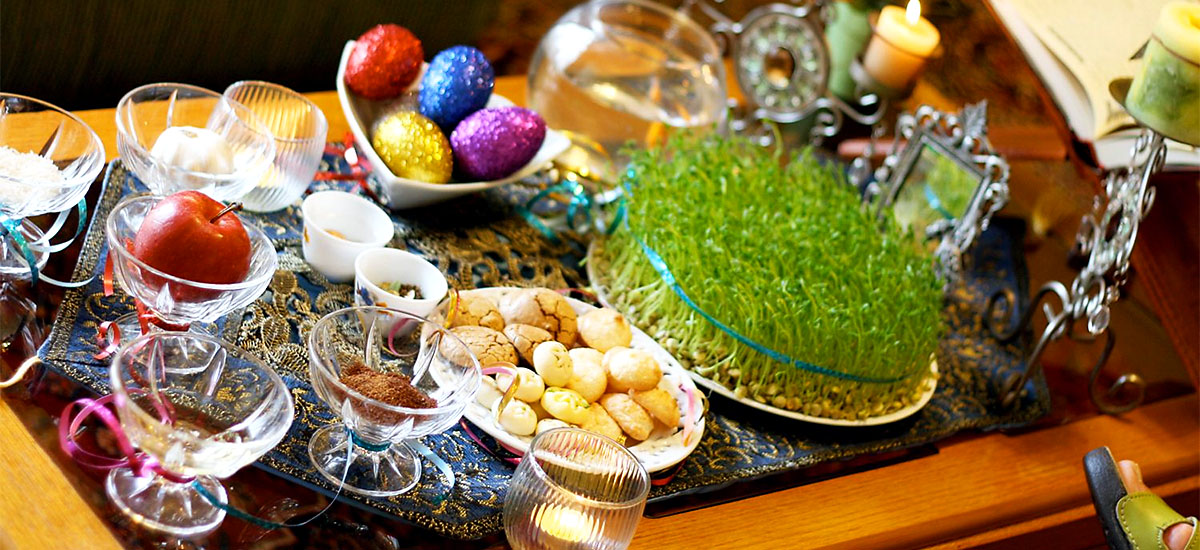
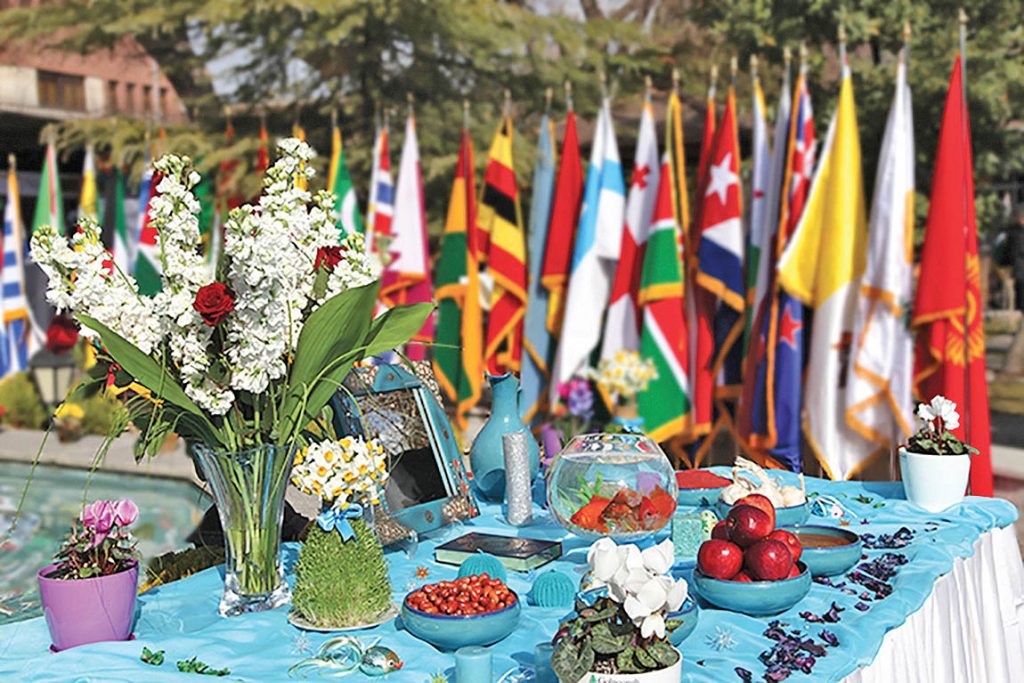
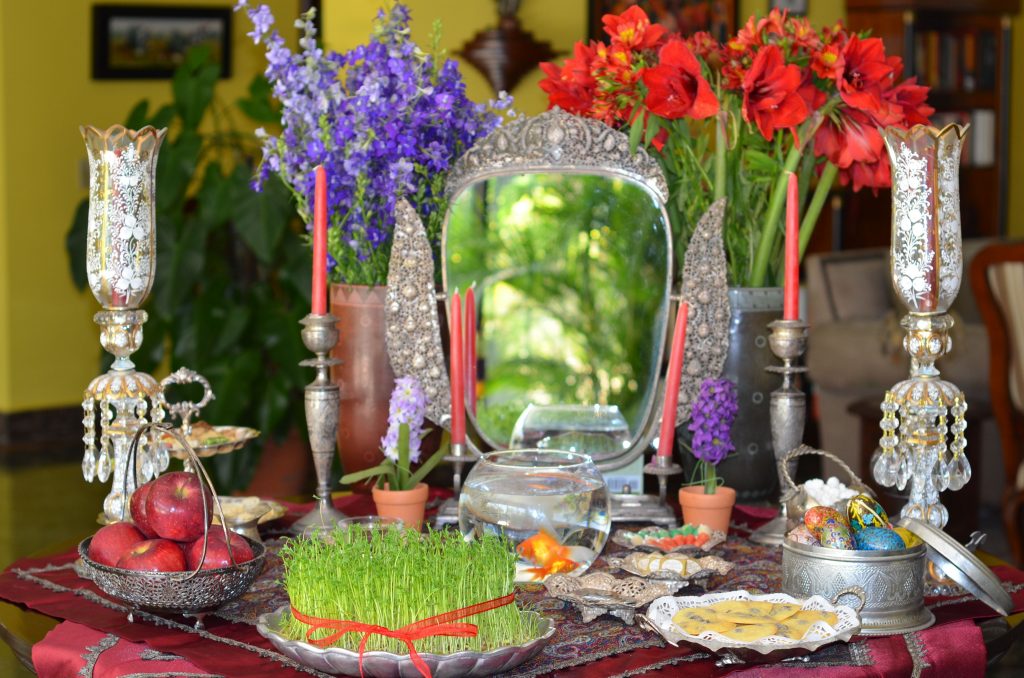
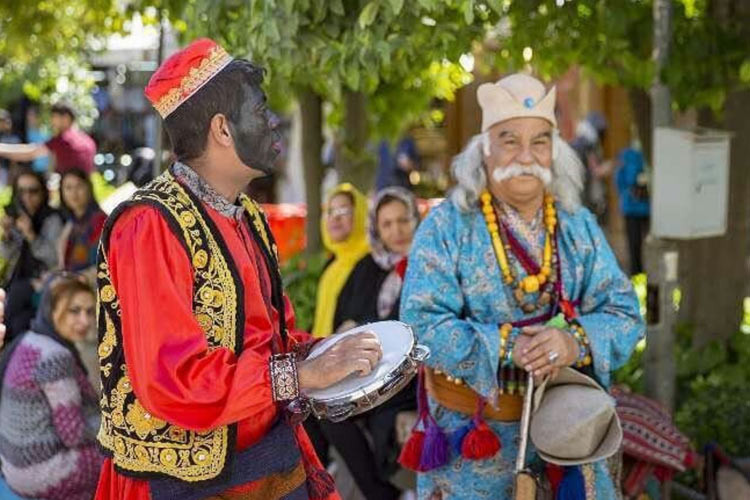
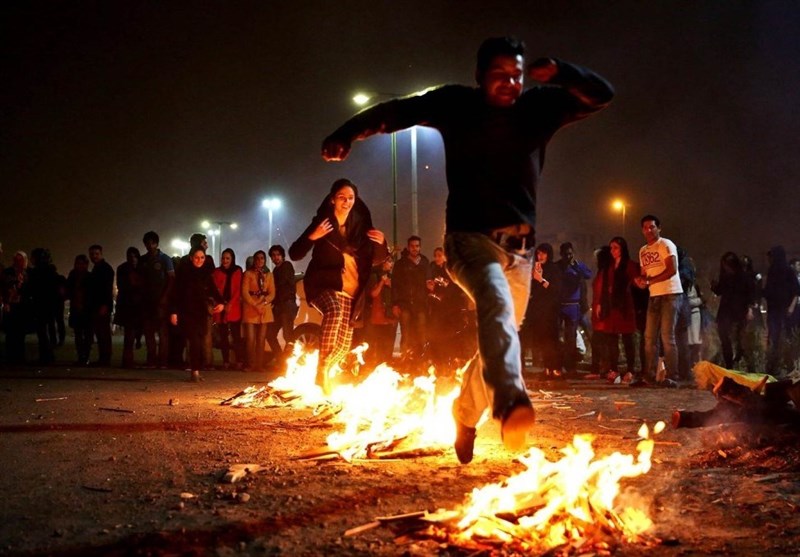
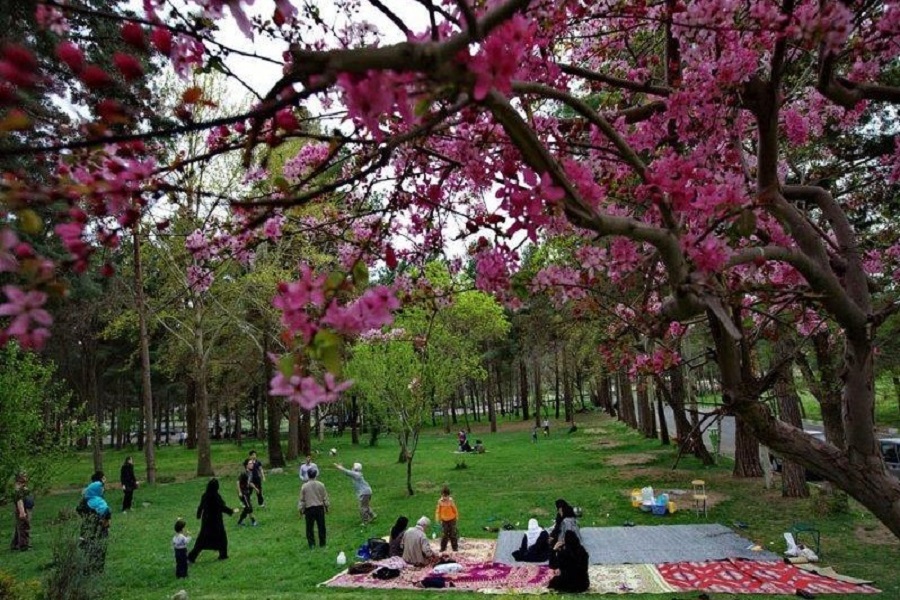
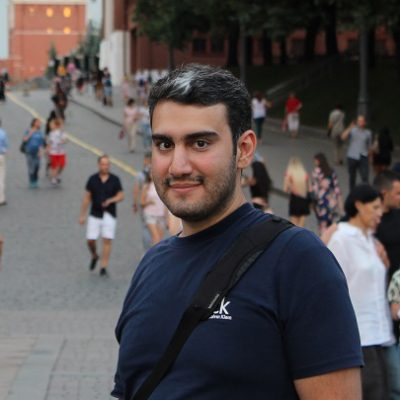
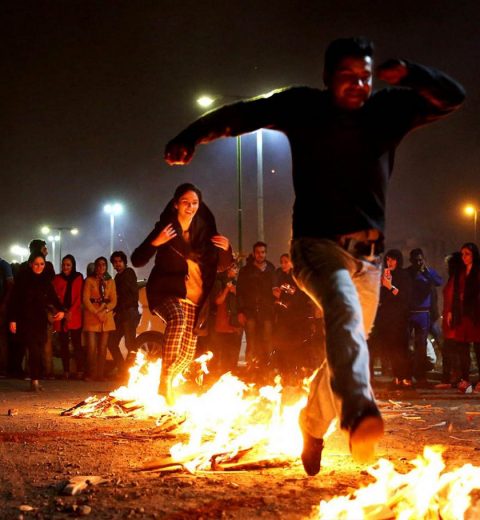
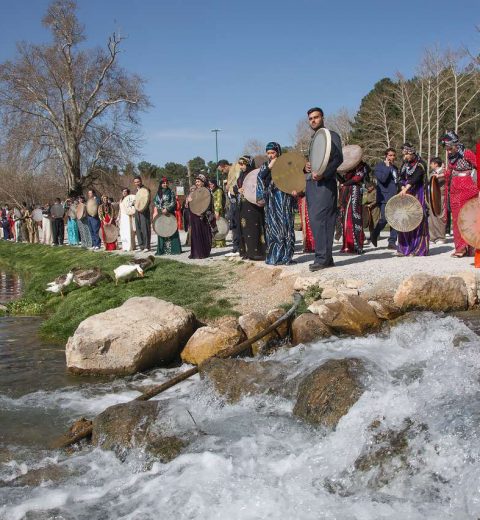
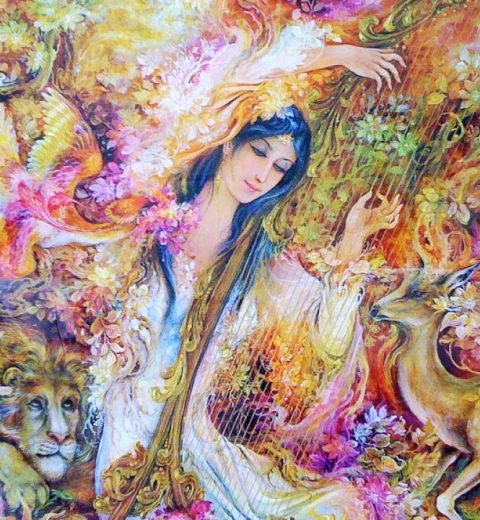
Great post. I was checking continuously this blog and I’m
inspired! Very helpful info 🙂 I care for such information a
lot. I was looking for this certain info for a long time.
Thanks and good luck.